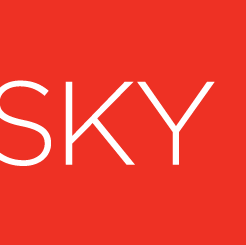According to a recent LinkedIn study, there’s no issue more pressing than diversity in the workplace. Inclusive teams perform better, contribute additional resources to company culture, work more efficiently, develop extra creative solutions, and yield more profit. This shouldn’t come as a surprise—people with different backgrounds have varied experiences based on their age, class, racial identity, and their gender. A diversity of experience yields a diversity of thought, and right now, many industries, especially tech and finance, could stand to do better when it comes to diversity.
Recruiting for Diversity
Make no mistake, diversity has to come first, not second, and certainly not last. It should be a goal that you continuously refer back to when analyzing every aspect of your recruitment pipeline. You can’t expect to solve your issues with an isolated series of workshops or seminars, nor can you be satisfied with diversity only at one level of your company; diversity should be represented at every level, from regular employees to managers, to executives.
Transforming your recruitment strategy to create an inclusive environment begins with asking what does diversity even mean to you and your business? From there, you’ll be able to identify what kinds of diversity you need—for instance, your workplace may be diverse in gender, but not in ethnicity or age. You should compare your workforce with industry averages, the local demographics of your region, and the demographics of your customers.
Creating an inclusive job listing
Diversity hiring woes are often caused by poorly-considered job postings. Companies inadvertently drive diverse candidates away based on what they say—or, more importantly, what they don’t say—in their job listings. According to LinkedIn, certain commonly used corporate words, like rockstar, dominate, objective, and aggressive all have gender connotations and dissuade female-identifying candidates from applying. By removing this implicitly alienating language, and maintaining a neutral descriptive tone, your job advertisements will appeal to more candidates of all backgrounds.
Make sure that your Equal Employment Opportunity (EEO) statement you put at the bottom of all your postings is featured prominently. This doesn’t mean it has to be lengthy, you can be concise and still be inclusive. However, you can also go the extra mile and add a statement that elaborates on how your organization is committed to diversity.
Lastly, offer meaningful benefits, and showcase them on your job posting. Parental leave and childcare subsidies are two kinds of benefits that will help make your workplace more inclusive.
Recruiting diverse candidates for long-term success
All too often, diversity can be regarded as a peripheral detail rather than an underlying principle, leading to a lack of results. Successfully creating a diverse work environment is not just a question of recruitment. After bringing in candidates from all walks of life, you need to give them the support that they need through the onboarding process and beyond. Company culture plays a big part here—make sure everyone is actively contributing vocally, and that they are being heard by their peers and managers. If you approach diversity holistically and treat it not as a problem to be solved, but a horizon to strive for, you’ll be able to reap the benefits of a healthy, diverse workplace.

